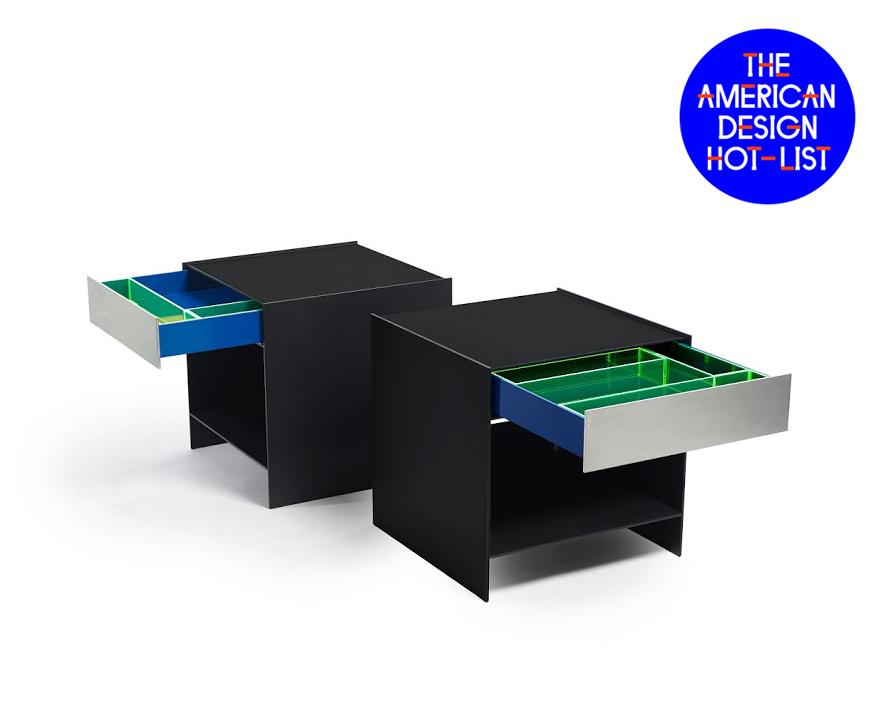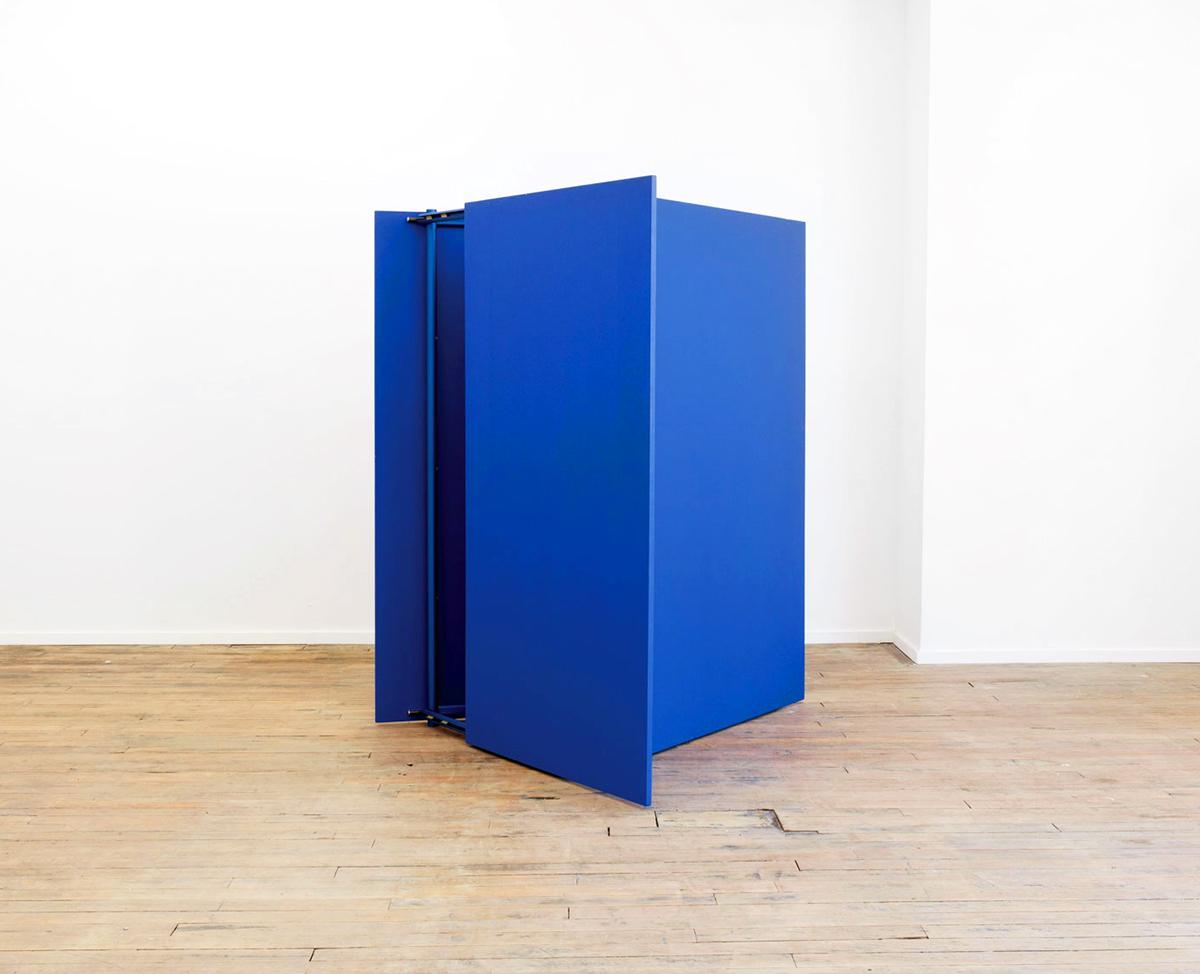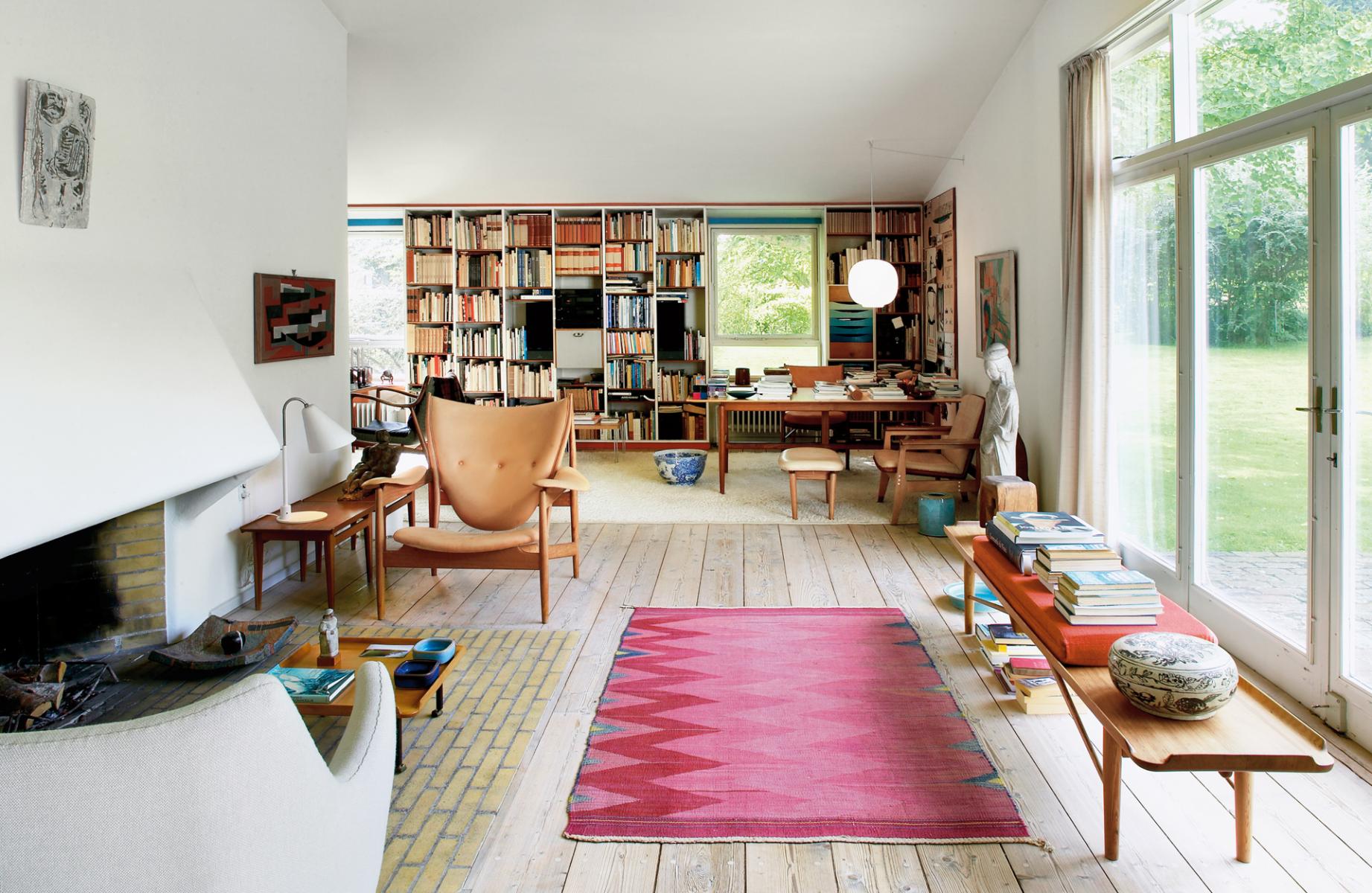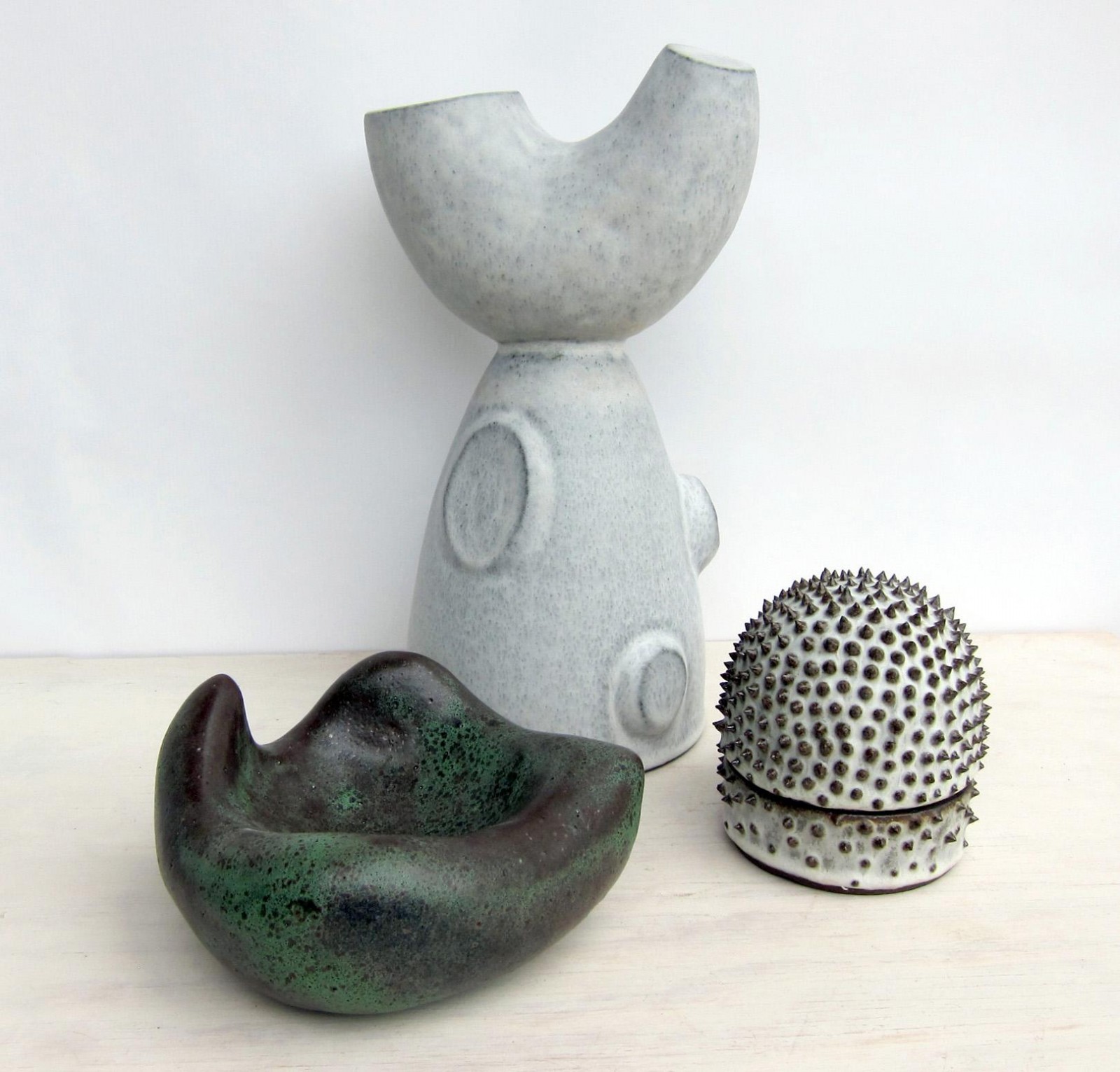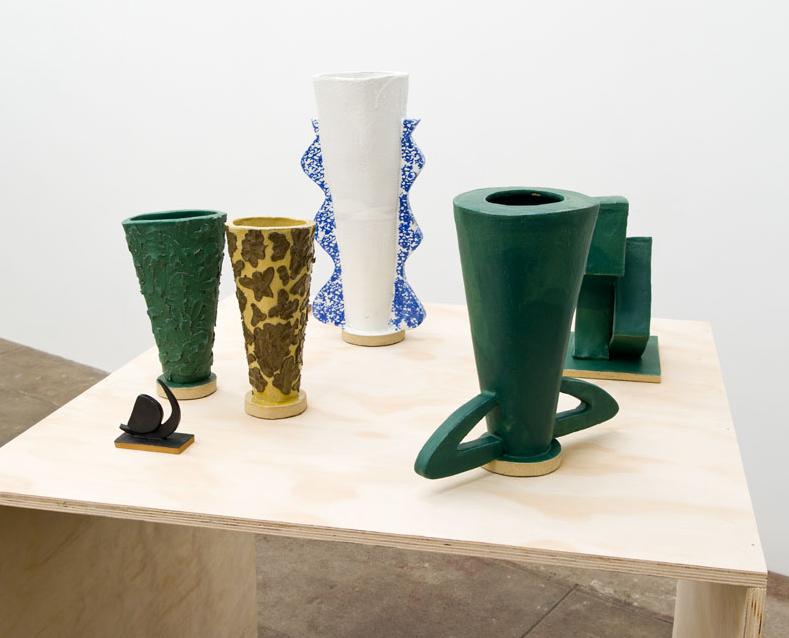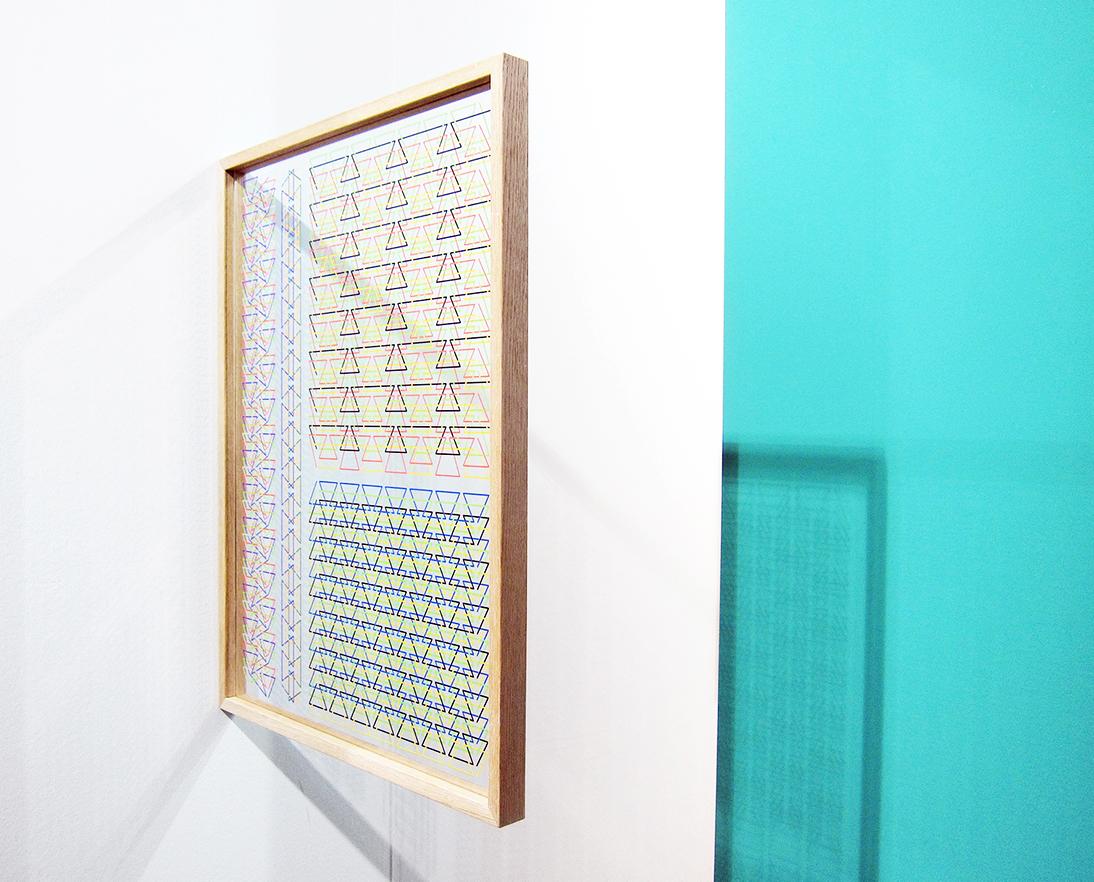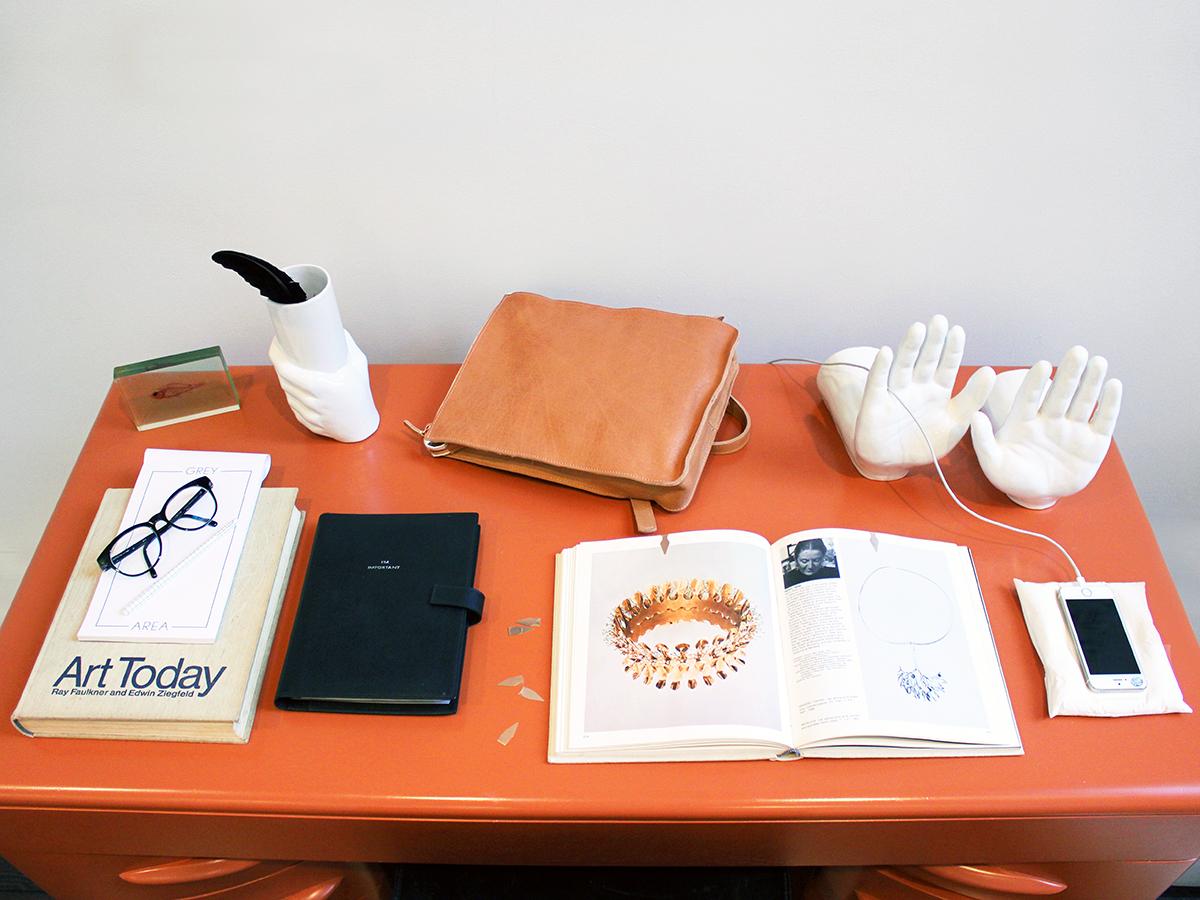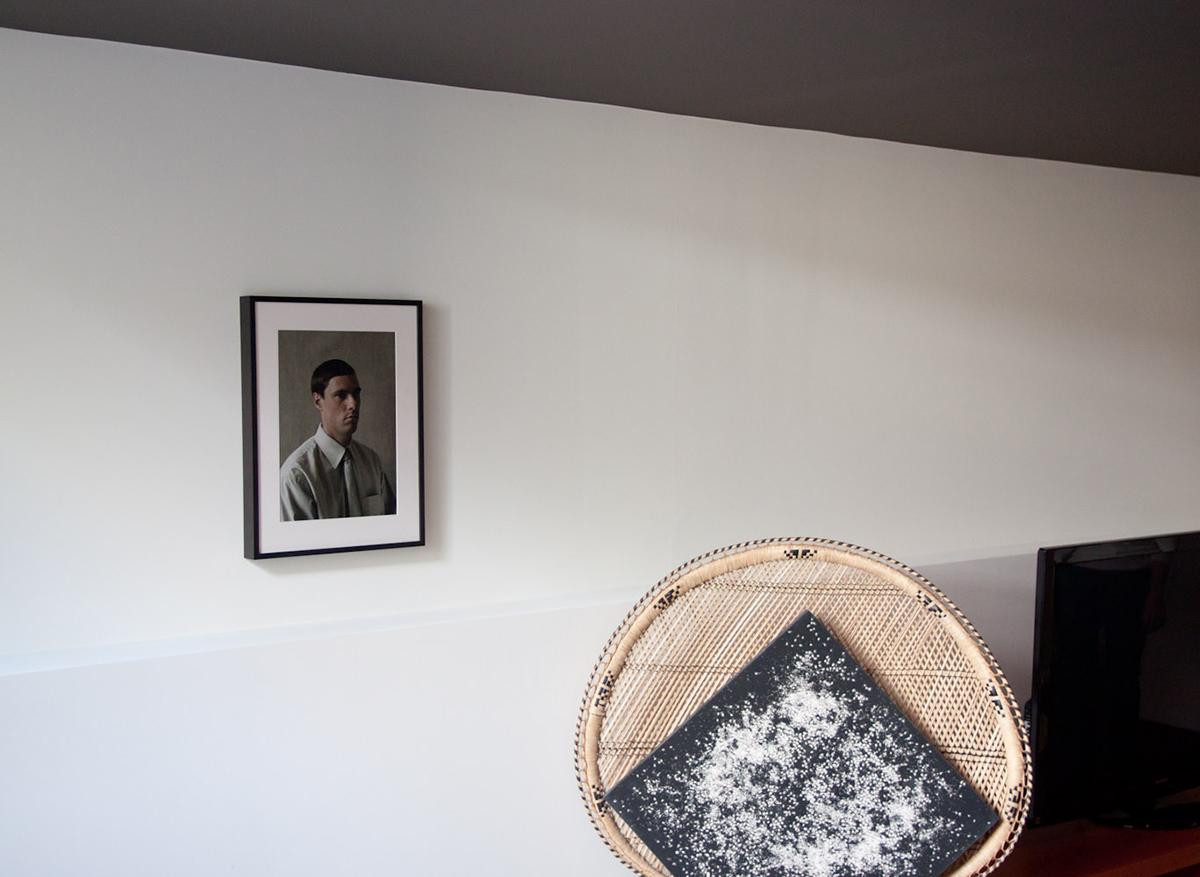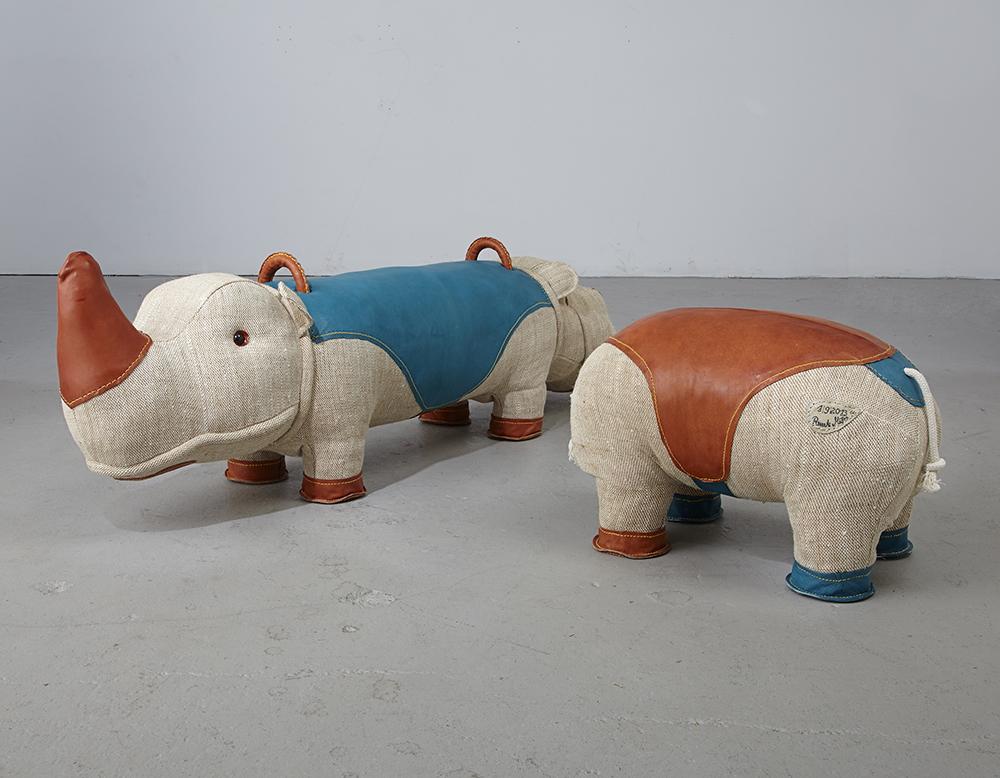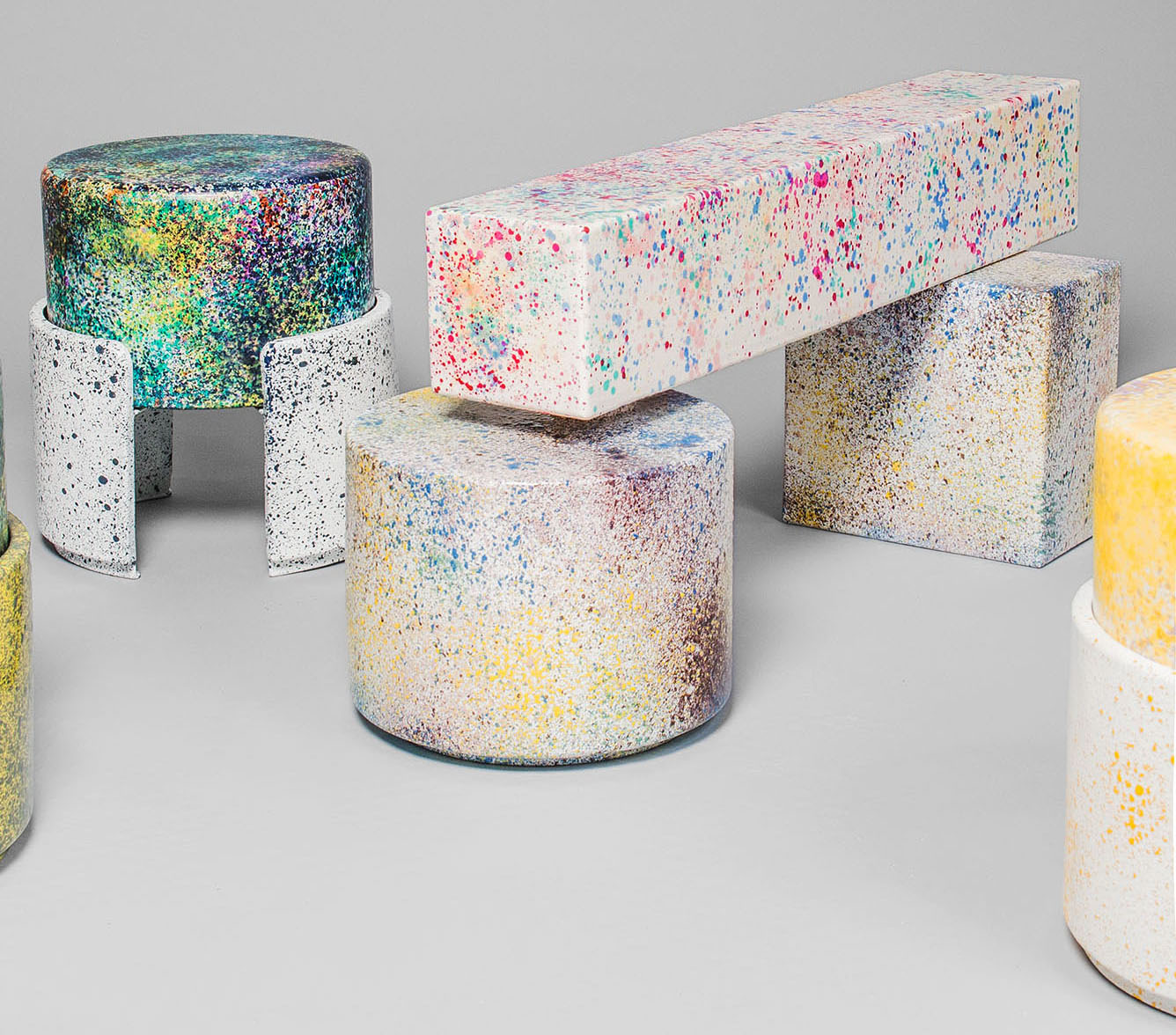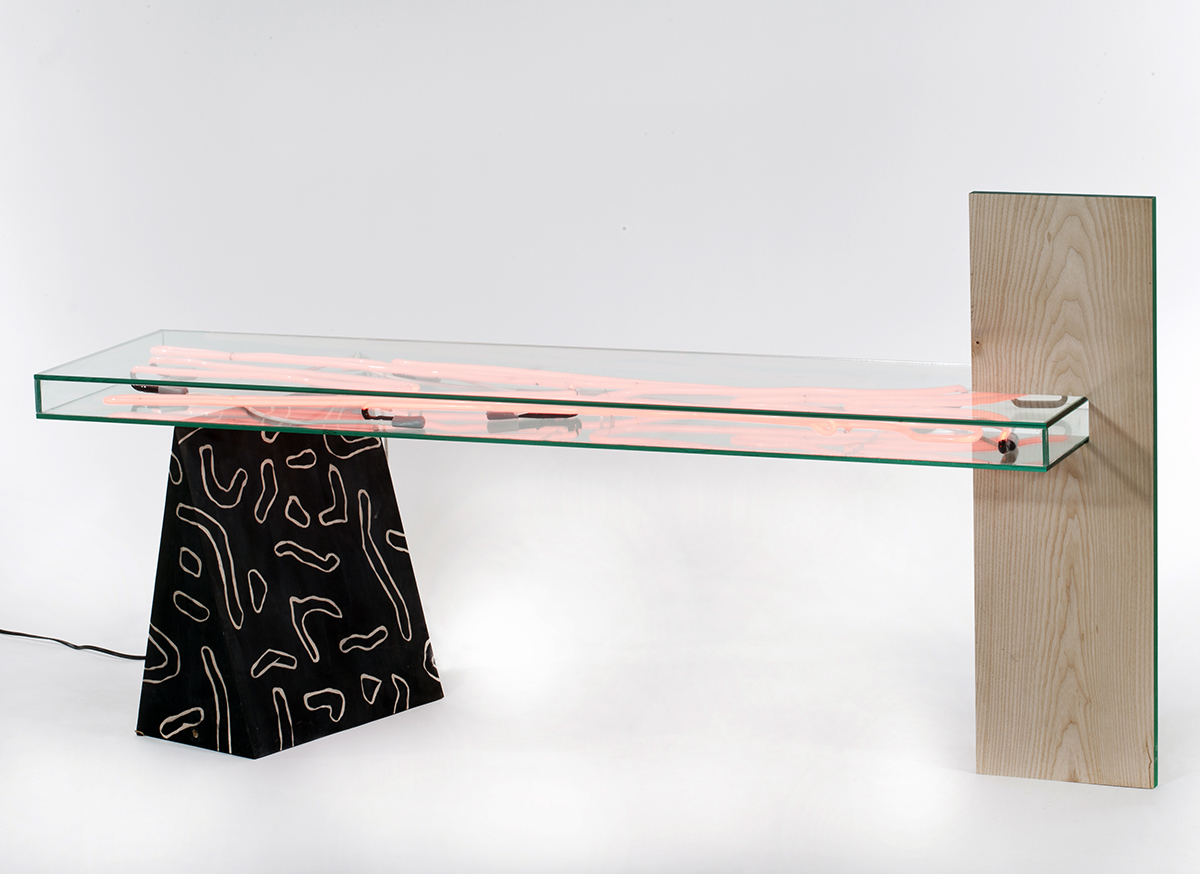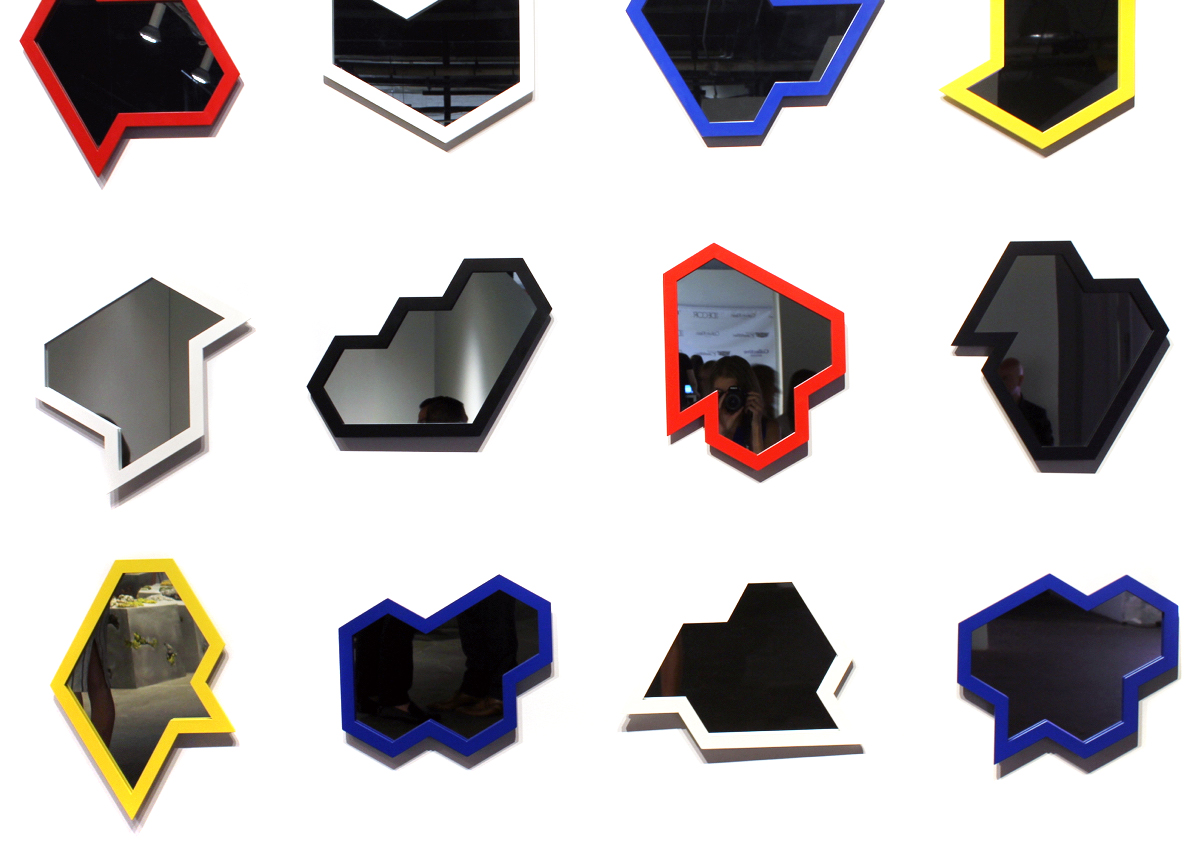
05.20.15
Fair Report
At the 2015 Collective Design Fair
Comprising four days, 12,000 square feet, and 50-something exhibitors, Sight Unseen OFFSITE is a major undertaking — a Herculean one, in fact, if you consider that there are only two of us leading the entire operation. So when we announced in April that we were doing an additional show this year, at the Collective Design fair, people quite understandably looked at us like we'd lost our minds. And yet we persisted on the sheer force of our belief that Steven Learner and his team at Collective are doing great things for design, things we wanted to be a part of — not just providing a platform for some of the world's most important design galleries to sell to clients, but attempting to widen the dialogue with special projects like (this year) on-site design performances by The American Design Club, a Nap Lab by Various Projects and Print All Over Me, installations by OS & OOS and Jonathan Nesci, and of course, an offer to let us curate a corollary to Sight Unseen OFFSITE that featured six up-and-coming American designers making gallery-level work. If you didn't get the chance to see last week's Collective Design fair, which welcomed more than 10,000 visitors, here's our best of show — and stay tuned for images from our own presentation at Collective, which we'll be posting tomorrow.
